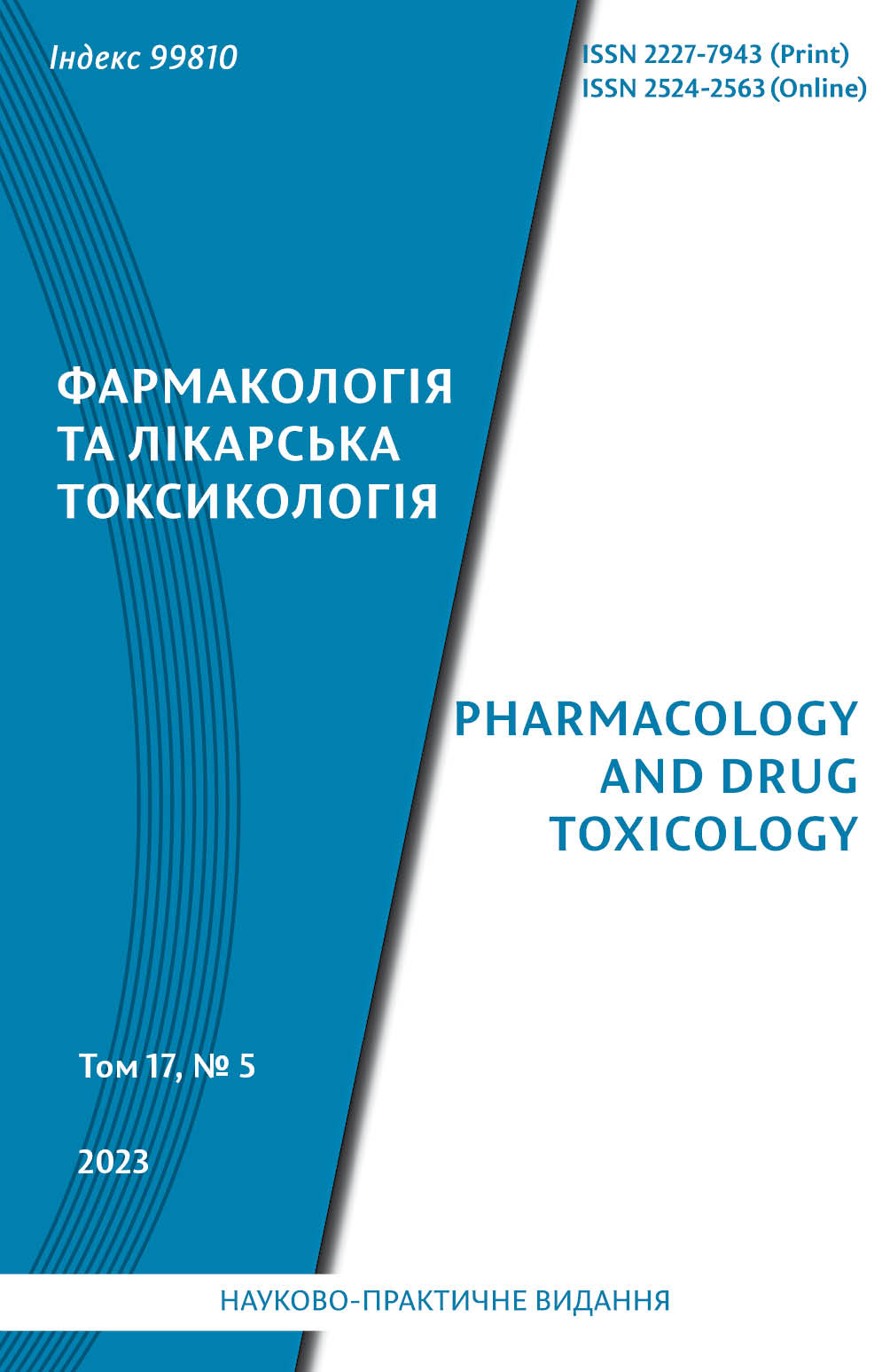Abstract
In medical practice, such a phenomenon as comorbidity is becoming more and more widespread, that is, the existence of two or more diseases and syndromes in a patient, related to each other, coinciding in time, or those that are a consequence of the main disease and its treatment. Since the liver is one of the most important metabolic organs, the spread of liver diseases significantly increases the number of asso ciated comorbid pathologies. One of the widespread pathologies of the hepatobiliary system in the world is considered nonalcoholic fatty liver disease, its development can also lead to disorders on the part of the thyroid gland, spermatogenesis, etc. At the same time, diagnosis and treatment of comorbid pathologies are significantly complicated due to nonspecific symptoms of the disease. For the effective correc tion of comorbid pathology, which combines a violation of spermatogenesis with hypothyroidism against the background of hepatitis, the development of such drugs that would combine spermatostimulating activity with a hepatoprotective and restorative effect on the thyroid status is promising. Such an innovative tool based on camphoric acid and a seleniumcontaining compound was developed at the IPEP National Academy of Sciences of Ukraine.
The aim of the research is to evaluate the effect of a new agent based on dicarboxylic acid and a seleniumcontaining compound on the processes of spermatogenesis, thyroid status under conditions of toxic and druginduced hepatitis.
The researches were conducted on 80 outbred white male rats weighing 200–250 g. Two models of experimental hepatitis were reproduced, toxic (injury with carbon tetrachloride) and druginduced (parac etamolinduced). Verification of liver damage was carried out by biochemical methods: the activity of ALT, AST, GHT and LF was determined, as well as the processes of spermatogenesis and the level of thyroid hormones were studied.
In the conditions of both toxic and druginduced liver damage in animals, significant changes in the activity of liver enzymes were detected. A substantial decrease in the level of thyroid hormones and signi ficant disturbances in the processes of spermatogenesis were also noted. In the conditions of correction of both forms of induced hepatitis with the new tool, the normalization of the activity of liver enzymes, an increase in the level of thyroid hormones in experimental animals and the normalization of spermogram indicators were noted. Therefore, a new agent based on a derivative of a dicarboxylic acid and a selenium containing compound is effective and promising as a potential drug for the correction of comorbid patho logy arising from functional and metabolic disorders of the liver.
